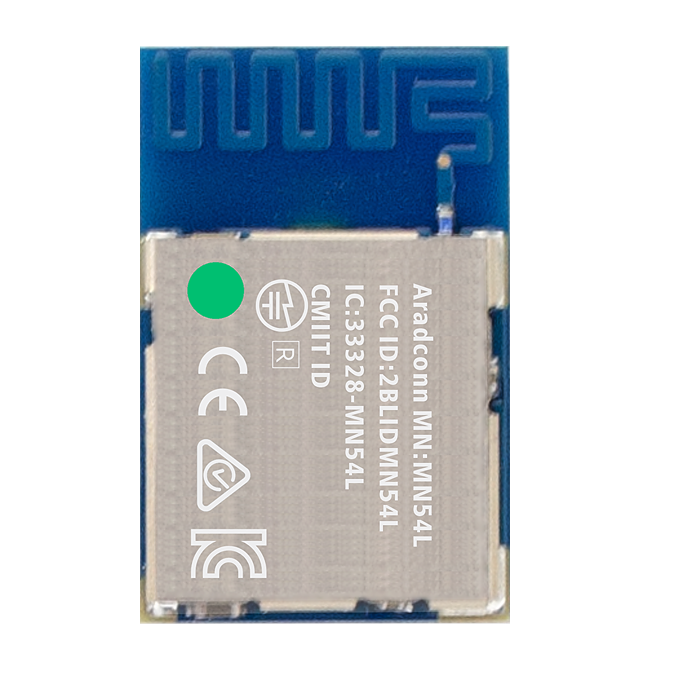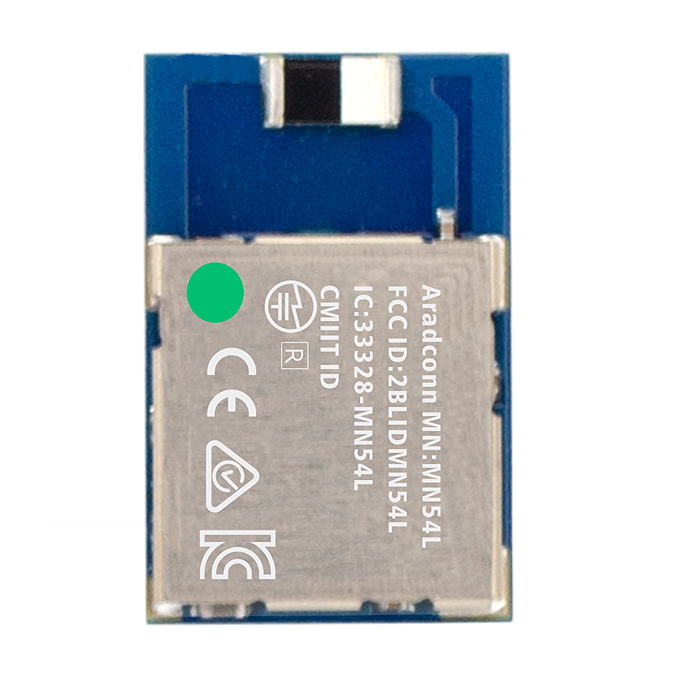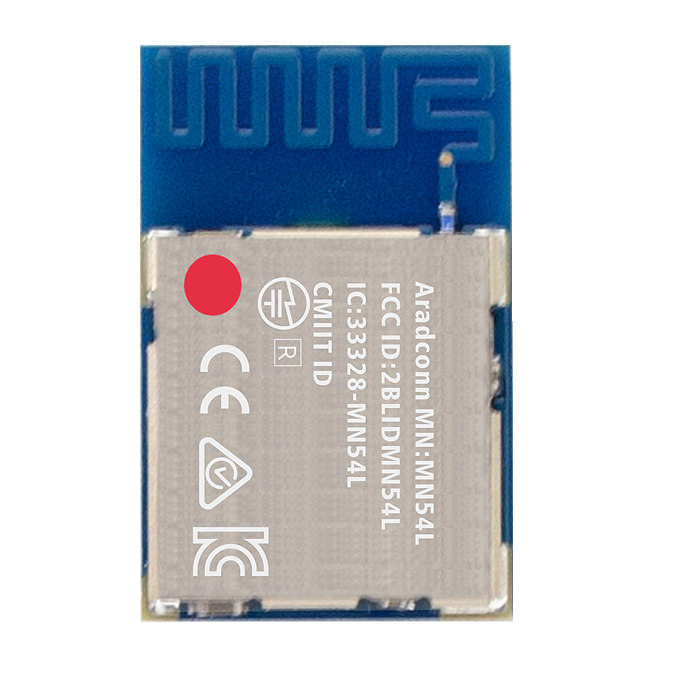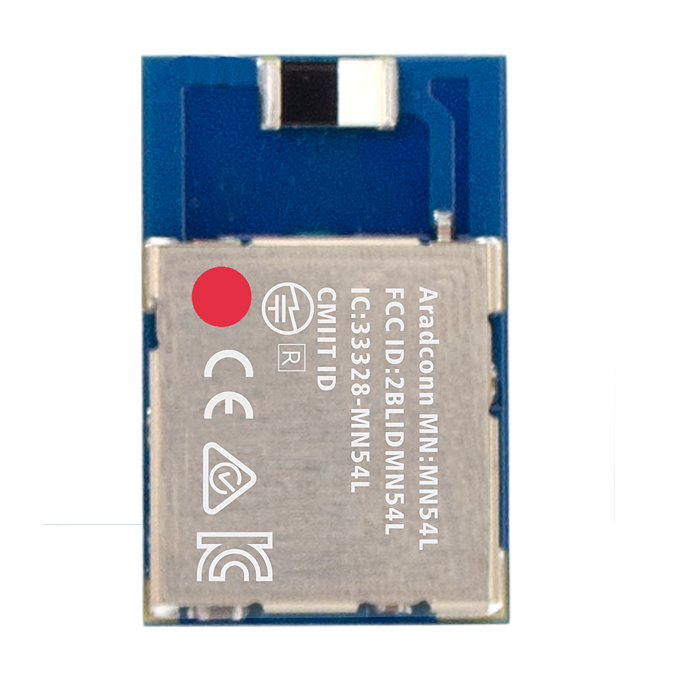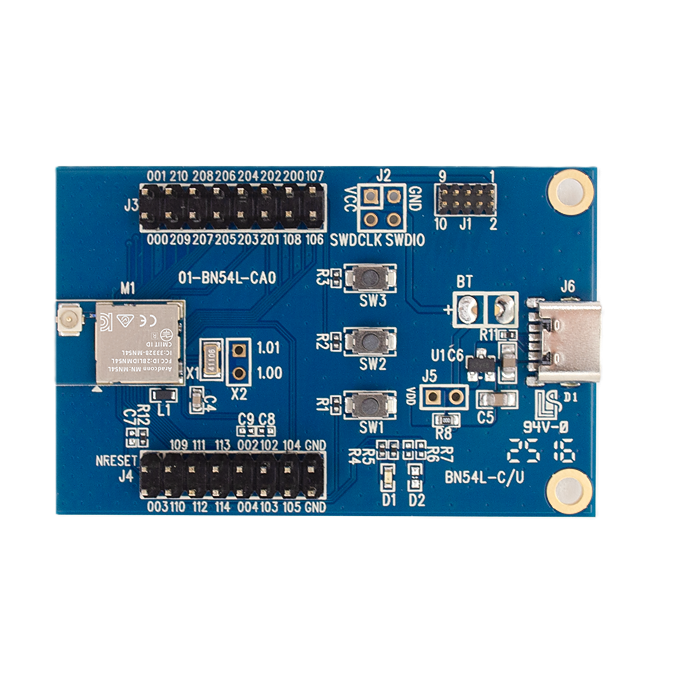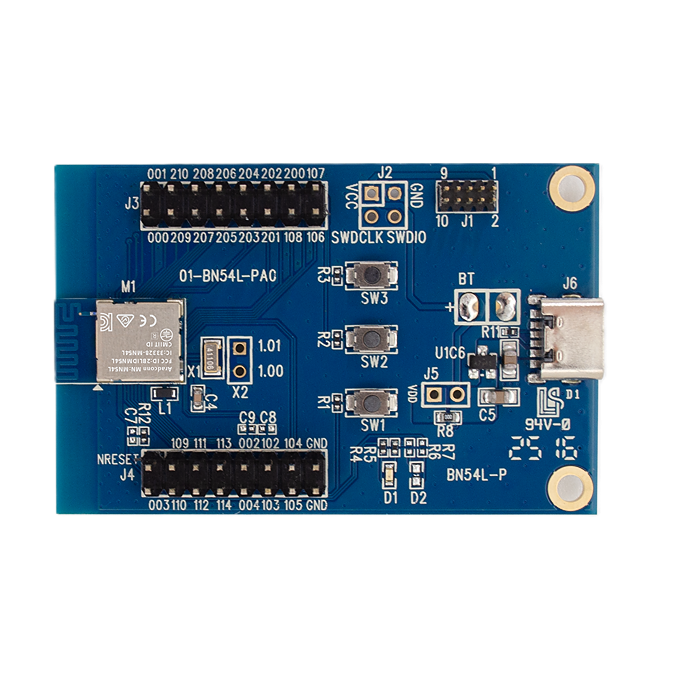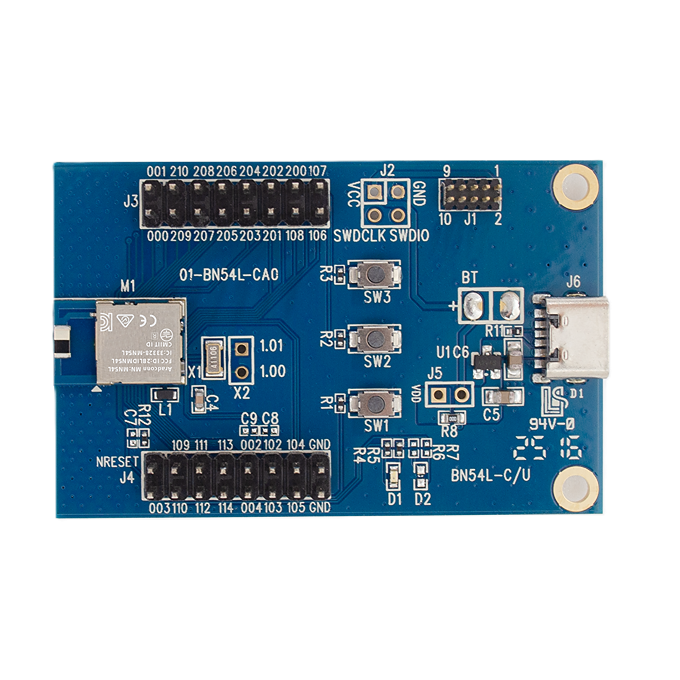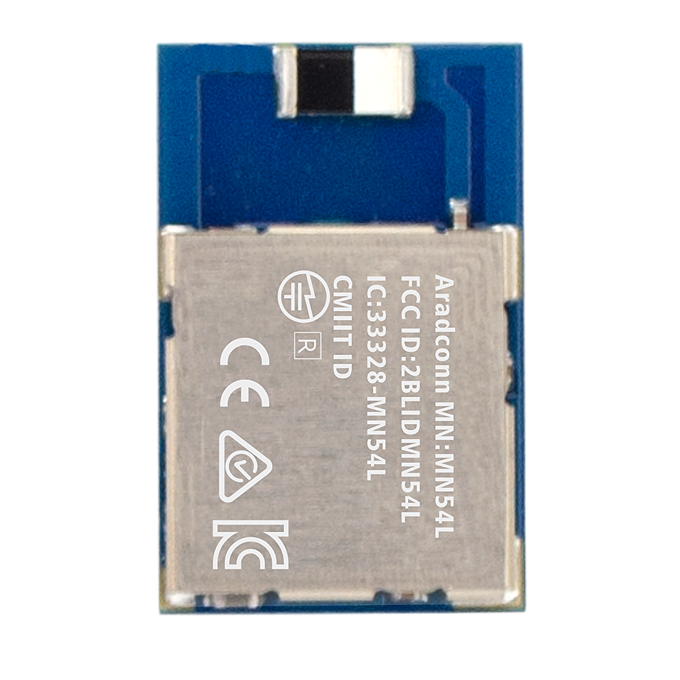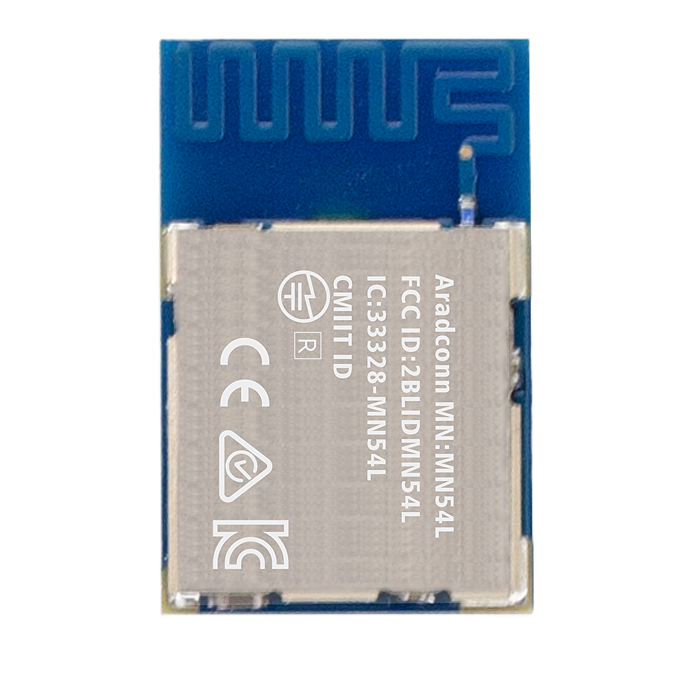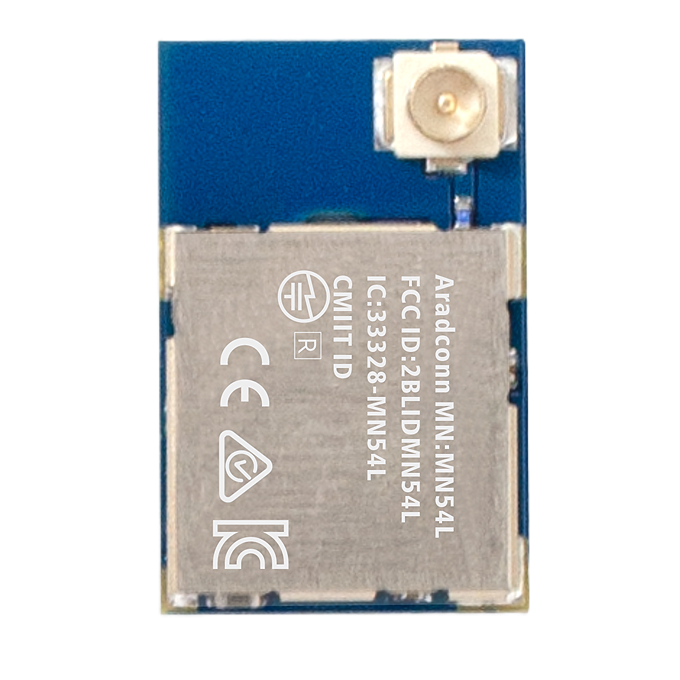Unveiling Bluetooth Low Energy (BLE) Data Transmission Principles: The Core of Lightweight IoT Communication
[TAIWAN, 18th Jul. 2025]
In today's interconnected world, Bluetooth Low Energy (BLE) has emerged as a pivotal technology driving the Internet of Things (IoT) revolution. Unlike classic Bluetooth, which was designed for continuous, high-throughput data transfer, BLE's core philosophy centers on achieving extreme energy efficiency. This allows devices to communicate with minimal power consumption when only small amounts of data need to be exchanged, leading to battery lives extending for months or even years.
The principles of BLE data transmission cleverly revolve around device discovery, connection establishment, and structured data exchange. Its essence lies in a rapid cycle of waking up, briefly working, and quickly returning to sleep.
1. Discovery and Connection: How Devices "Meet" and "Handshake"
For BLE devices to interact wirelessly, they first need to "recognize" each other. This involves two fundamental roles and a discovery mechanism:
· Role Division:
o Peripheral devices: These are typically small, resource-constrained devices like smart sensors or wearables. They actively broadcast their presence and capabilities, waiting to be discovered.
o Central devices: These are usually more powerful devices, such as smartphones or tablets. They scan for nearby broadcasts and selectively initiate connections with peripherals of interest.
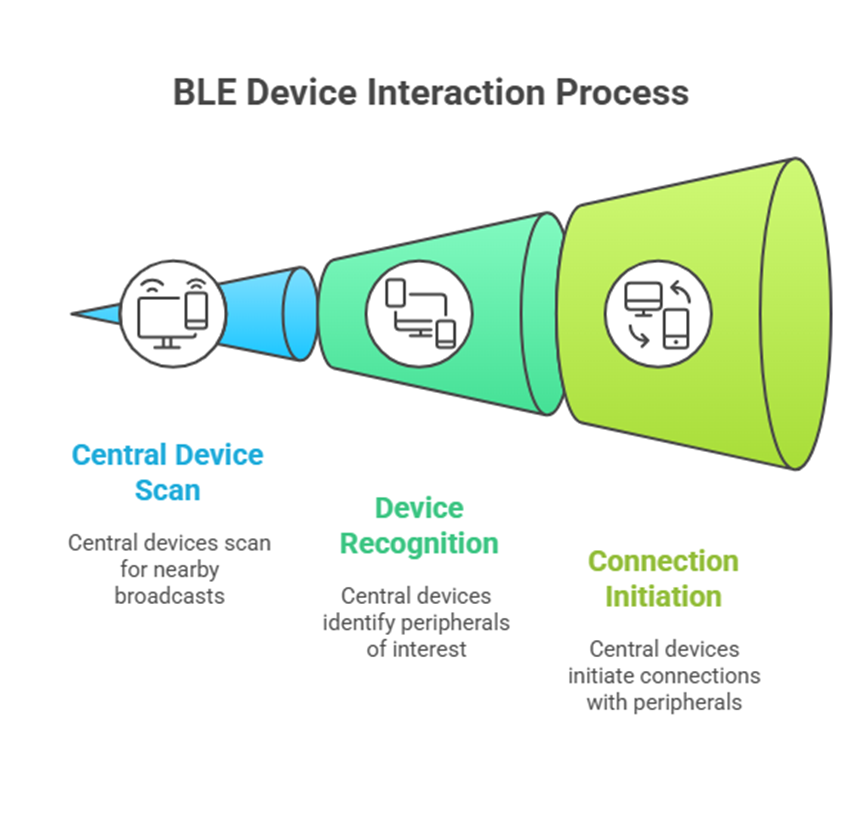
· Broadcasting and Discovery Mechanism:
1. Advertising: Peripheral devices periodically send out advertising packets. These packets are like the device "calling out" its name, the services it offers, and other information. This one-way broadcasting can even facilitate data transfer without establishing a connection, as seen with smart beacons (like iBeacon) that broadcast location information.
2. Scanning & Connection Request: Central devices continuously scan for these advertising packets. Once a target peripheral is identified, the central device can send a connection request. Upon successful connection, the peripheral typically stops advertising and enters a connected state to conserve energy.
It's important to note that a single BLE peripheral can only maintain an exclusive connection with one central device at a time. If data needs to be relayed between multiple peripherals, it typically requires the central device to act as a "message relay."

2. The Language of Data Transfer: GATT Services and Characteristics
Once devices successfully establish a connection, the actual data exchange proceeds according to the GATT (Generic Attribute Profile) specification. GATT acts as the common language BLE devices use to organize and understand data, structuring it hierarchically:
· Services: A service is a collection of related data and behaviors that represent a specific function provided by the device. For example, a smart band might offer a "Heart Rate Service" or a "Device Information Service." Each service has a unique identifier (UUID).
· Characteristics: A characteristic is the smallest data unit within a service, representing an actual data point. For instance, within a "Heart Rate Service," "Heart Rate Measurement" would be a characteristic. Each characteristic also has its own UUID and defines its operational properties, such as:
o Read: The central device can request to read the current value of a characteristic.
o Write: The central device can write new data to a characteristic's value.
o Notify: When a characteristic's value changes on the peripheral, it can proactively "notify" the central device without the central device needing to constantly poll for updates. This is a commonly used and highly efficient data transfer method in BLE.
o Indicate: Similar to Notify, but an Indicate requires the central device to send an acknowledgment, ensuring reliable data delivery.
During data exchange, BLE devices play the roles of GATT Server and GATT Client. The peripheral typically acts as the GATT Server, storing the data for its services and characteristics. The central device, on the other hand, is the GATT Client, responsible for sending requests to the server and receiving responses, initiating all data transfer transactions.
3. The Secret to Low Power: Brief, High-Efficiency Operation
BLE achieves its remarkable low power consumption through a combination of optimized design principles:
· Intermittent Connections: Devices spend most of their time in an ultra-low-power sleep mode, only waking up briefly when data needs to be transmitted and completing the task quickly.
· Rapid Connection and Disconnection: BLE can establish and tear down connections within milliseconds, minimizing the time the radio is actively transmitting.
· Optimized Packet Structure: A streamlined protocol stack and small, efficient data packets reduce the energy required to transmit each bit of data.
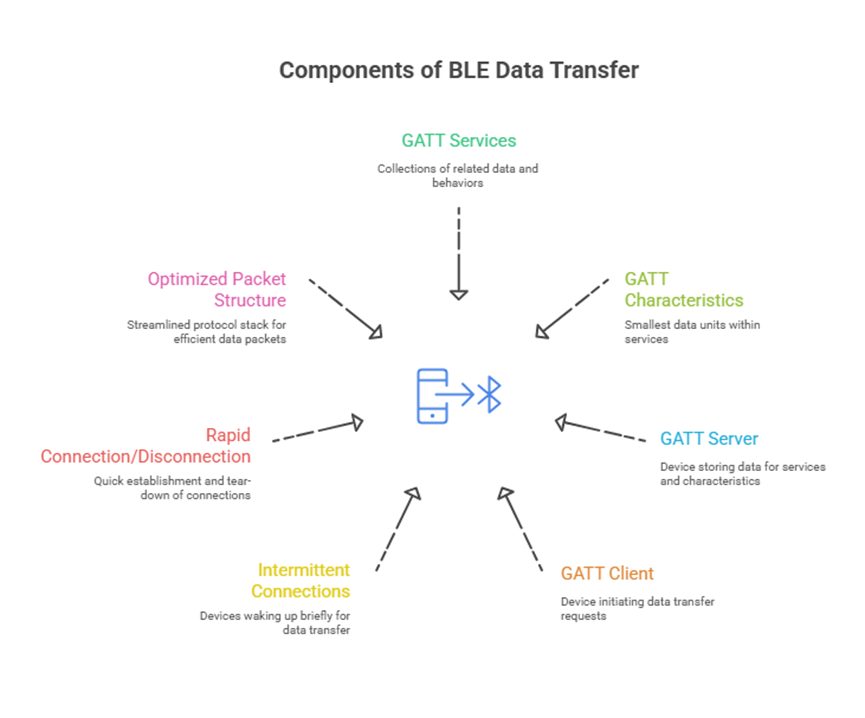
These ingenious design principles enable IoT devices to operate for months or even years on a coin cell battery, significantly expanding the possibilities for wireless applications and connecting an increasing number of smart devices in our daily lives.
📢 Get Ready for Our Latest Episode of BLE Tech Pulse Decoded on Aradtube!
We're diving deeper into this fascinating topic!
Subscribe to our channel and hit that notification bell so you don't miss our newest video releases.
🔗 YouTube: https://www.youtube.com/@Aradconn
Edited by Intl. Commercial Development Manager: Mr. Tim Chien


